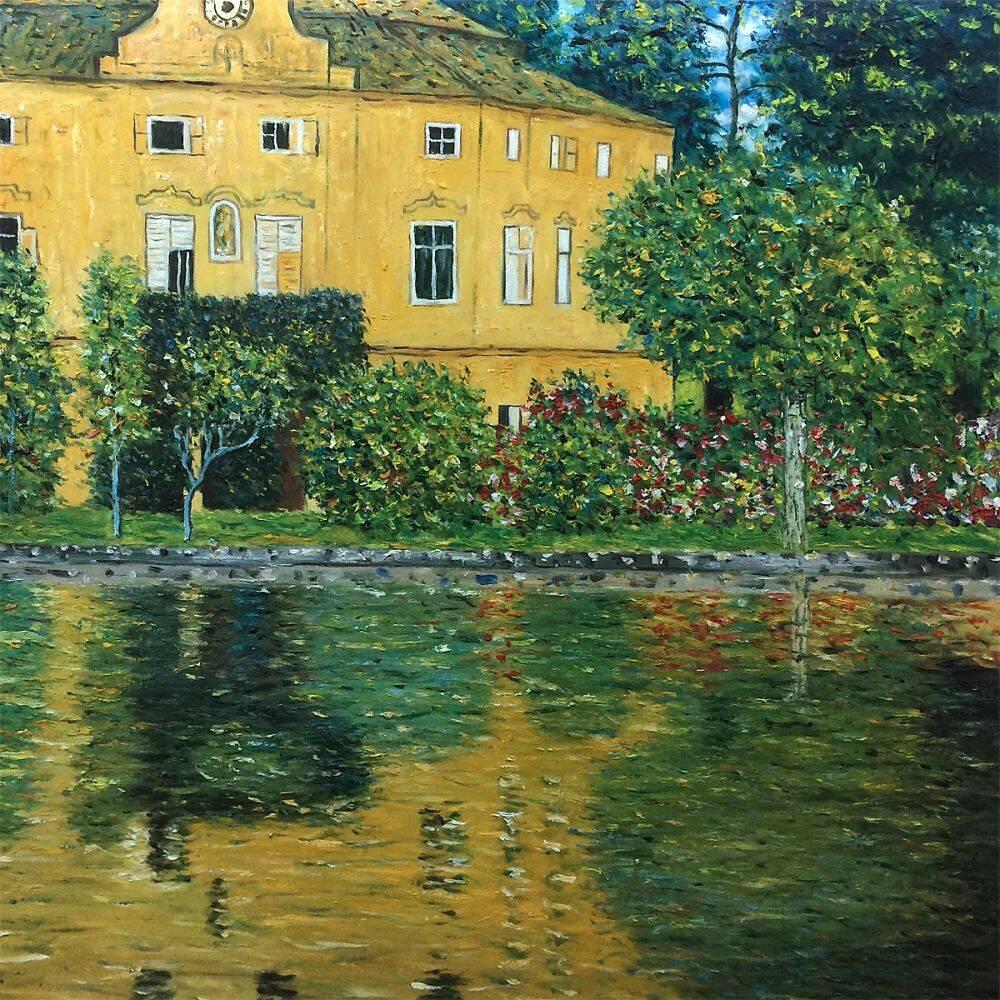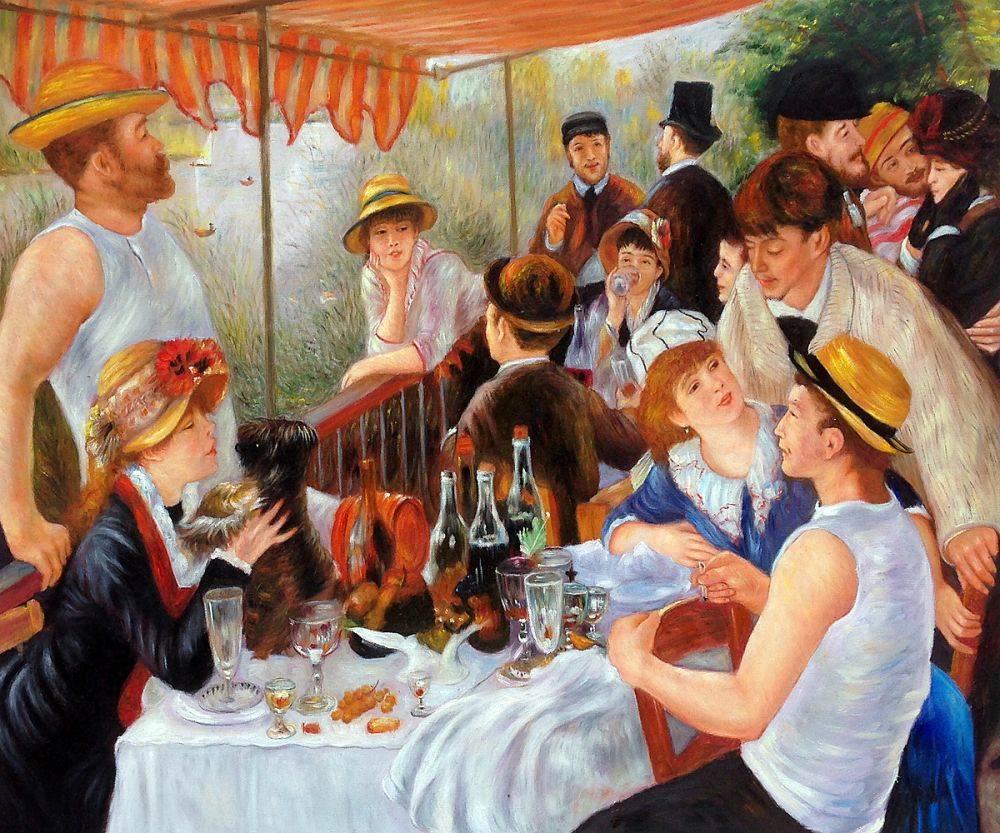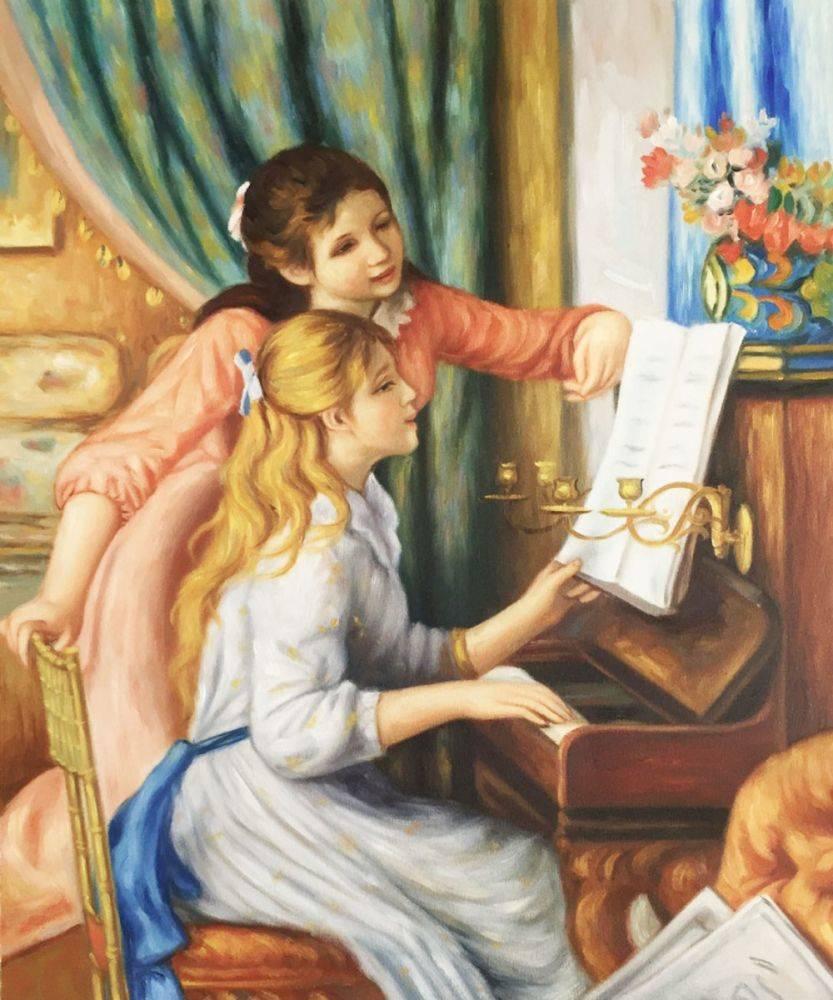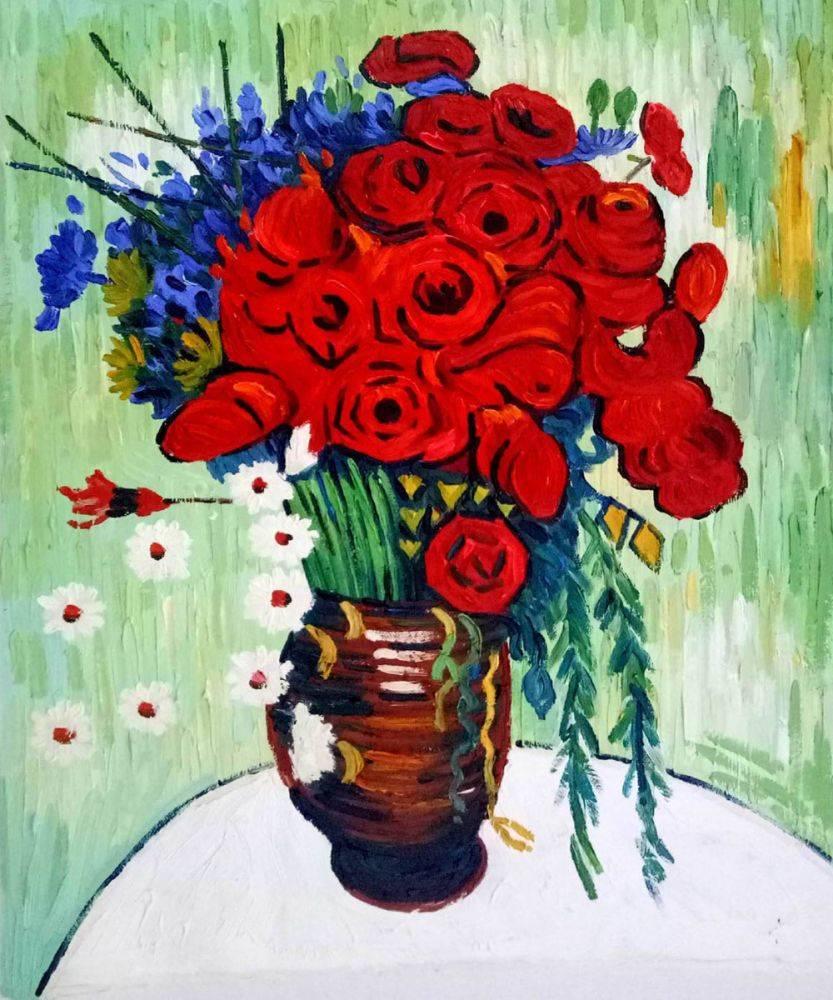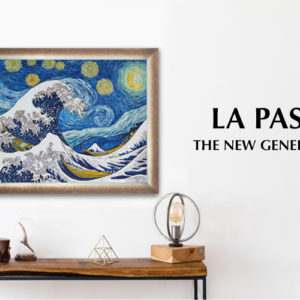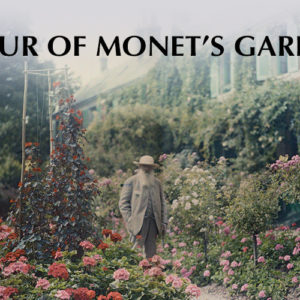Art
Claude Monet Gardens – The Last Living Claude Monet Model
I once knew a man who loved nature. When he was young, he used to climb mountains. Alpinism was his passion. The top of the world was the place where he could find peace, where it was quiet, away from the annoying sounds of the city. As he grew older, he got married and had children. Time passed before him and soon he felt the desire to be in the middle of the nature once more. He didn’t have time or money to climb mountains anymore. So in the middle of the city, in the little garden in front of his flat he set a tent.
 Some people feel the nature so ardent in their soul that they transform the environment around them, so they could feel peace once again. Claude Monet painted nature, but at the end of his life he wanted to be inserted in it as in a dream. He brought nature to his home, by building a paradise garden at Giverny. Monet builds, this way, a live canvas made by the painter’s artistic fantasy. He managed to perfectly harmonize with his painting a real and physically place, developing the naturally topic drawn before actually settling it on canvas. This operation is directed towards the continuous search of merger with the beauty and untouched nature.
Some people feel the nature so ardent in their soul that they transform the environment around them, so they could feel peace once again. Claude Monet painted nature, but at the end of his life he wanted to be inserted in it as in a dream. He brought nature to his home, by building a paradise garden at Giverny. Monet builds, this way, a live canvas made by the painter’s artistic fantasy. He managed to perfectly harmonize with his painting a real and physically place, developing the naturally topic drawn before actually settling it on canvas. This operation is directed towards the continuous search of merger with the beauty and untouched nature.
At the beginning of May 1883, Monet and his family rented a house situated near the road between the towns of Vernon and Gasny. He transformed the barn into a painting studio. The beautiful landscape gave Monet suitable motifs for his paintings. During the 1890s, Monet built a greenhouse and a second studio. A spacious building well lit with skylights. At the end of 1890 he could buy this property, when his dealer, Paul Durand-Ruel had been increasing success in selling his paintings. Then in 1893 he bought a plot on the South border of the property, where, after getting the authorization, he created the famous water garden with the floating water lilies, irises, willow trees and carob tree planted around. After the garden had been accomplished, it was extended in 1901. Monet had proven a tremendous care for the flower beds and hedges, and the choice of plant species: anemones, irises, poppies and climber roses. Monet was able, by methods he only knew, to grow in the garden many exotic plants from Mexico or China. He wrote daily instructions to his gardener, precise designs and layouts for plantings, and invoices for his floral purchases and his collection of botany books.
 His live opera had become the meeting point for the artist’s friends, many of his admirers and nature passionate. With time the garden was transformed into a chromatic combination scattered on several paintings: Artist’s Garden at Giverny, Garden Path at Giverny, The Japanese Bridge, Blutentore in Giverny and the famous series of the Water Lilies.
His live opera had become the meeting point for the artist’s friends, many of his admirers and nature passionate. With time the garden was transformed into a chromatic combination scattered on several paintings: Artist’s Garden at Giverny, Garden Path at Giverny, The Japanese Bridge, Blutentore in Giverny and the famous series of the Water Lilies.
Thus, the real and final meaning of “en plain air” painting finds full realization in the choice of doing a work, transformed into a harmonious and pictorially place. Therefore, his vision of nature was converted into reality in order to be transferred on canvas.
The art critic Arsene Alexandre wrote in “Le Figaro” newspaper that the artist included in the garden “all the colors of a palette and the tones of a fanfare.” The Giverny place is a “new and unusual show, unexpected as all major surprises.” Marcel Proust described the garden as “a really artistic implementation, more than a model for works, a painted already completed, which glows in the eyes of a great painter.”

